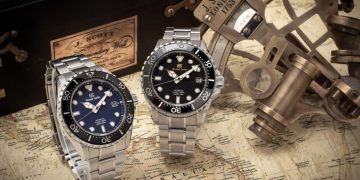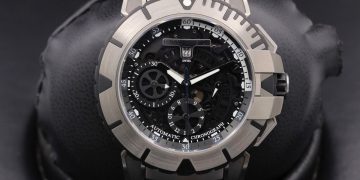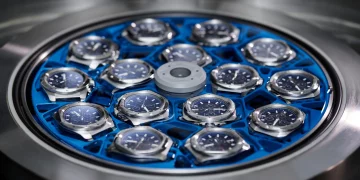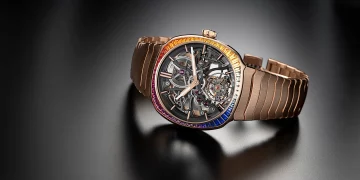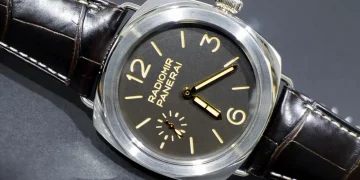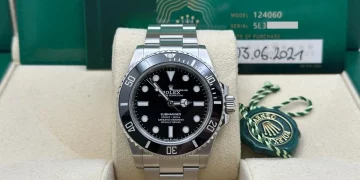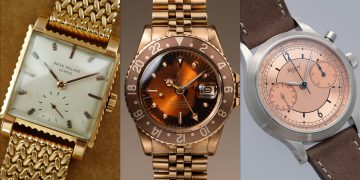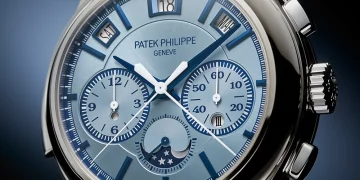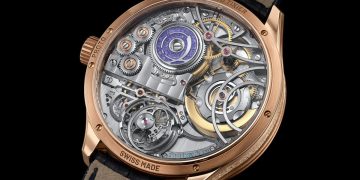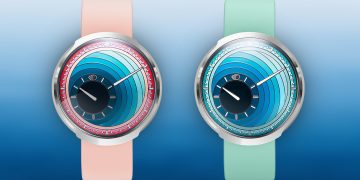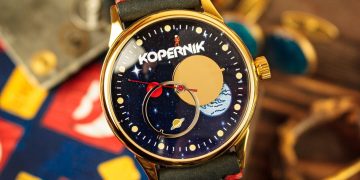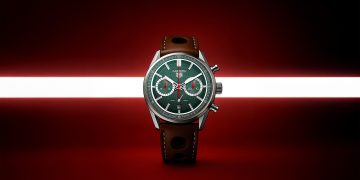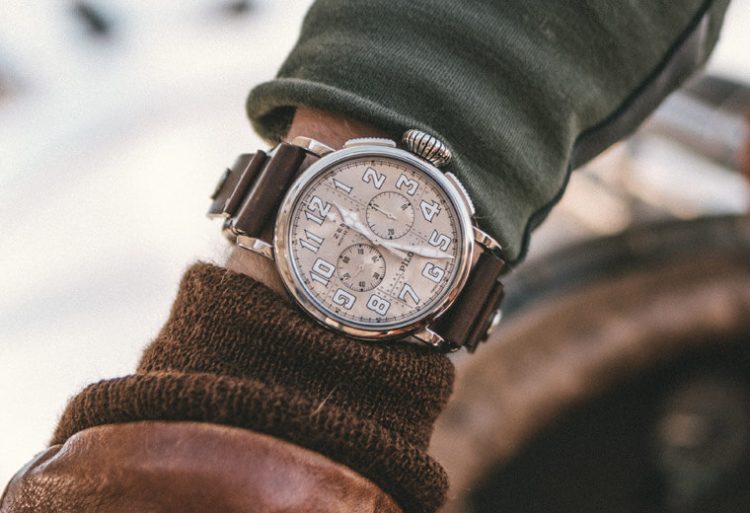Introduction
For centuries, watchmaking has been synonymous with tradition, precision, and craftsmanship. These timepieces, once the epitome of utility and necessity, have since evolved into cultural icons and symbols of status. Whether it’s a meticulously crafted mechanical movement or a revolutionary quartz engine, the essence of watchmaking has always been tied to craftsmanship—something that has transcended generations.
However, in today’s fast-paced world of fashion, where trends evolve at lightning speed, traditional watchmaking faces a challenge: how to remain relevant while staying true to the centuries-old techniques that made it so iconic. In recent years, we’ve seen a fascinating integration of the past with the present as traditional watchmaking intersects with modern design, technology, and contemporary fashion.
In this article, we’ll dive into how watchmaking, with its rich history, has managed to adapt and thrive in the ever-changing landscape of fashion. From the delicate art of mechanical movements to the influence of contemporary trends, we’ll explore how the world’s leading watch brands have balanced heritage with innovation to create timepieces that appeal to modern sensibilities while staying true to their roots.
1. The Essence of Traditional Watchmaking
1.1 A Deep Dive into the History of Horology
At its core, watchmaking is both an art and a science. The earliest forms of portable timepieces were far from what we recognize today. From the first spring-driven clocks to the evolution of pocket watches, the journey of horology is rooted in precision and human ingenuity. Throughout the centuries, watchmaking has been passed down through generations of skilled craftsmen, with Swiss, German, and French watchmakers establishing a global standard of excellence.
The beauty of traditional watchmaking lies in its mechanical artistry: the craftsmanship required to assemble intricate movements by hand, each component meticulously crafted and tested to ensure optimal performance. The mechanical wristwatch, once a tool of practicality, has become a reflection of one’s style, status, and appreciation for high-quality engineering.
1.2 Watchmaking’s Transition from Utility to Luxury
While the initial purpose of watches was purely utilitarian—keeping track of time—by the 20th century, they had transformed into symbols of luxury and sophistication. Iconic brands like Rolex, Patek Philippe, and Audemars Piguet have shaped this shift, taking watchmaking from an art of utility to an expression of style and exclusivity.
This transformation was not just in design but also in the materials used, the level of craftsmanship involved, and the stories behind each watch. A luxury timepiece became more than just a functional object; it became a statement of individuality, a status symbol.
2. Contemporary Fashion and Its Relationship with Watch Design
2.1 The Watch as a Fashion Statement
In today’s world, watches are not just about telling time; they are about expressing personality, status, and taste. Designers have embraced the watch as a form of personal style, with timepieces often seen as essential accessories to a complete outfit. Whether it’s a sleek, minimalistic design to match a casual look or a bold, statement piece for a formal ensemble, watches today are carefully considered in the context of fashion.
Watch brands have had to recognize this shift, acknowledging that style and functionality are no longer mutually exclusive. More than ever, contemporary fashion calls for watches that are stylish, versatile, and, above all, unique.
2.2 Merging Heritage with Modern Trends
Fashion is cyclical, and trends that once seemed dated are often brought back to life with a contemporary twist. In the world of watchmaking, this has manifested in the resurgence of vintage-inspired designs and the incorporation of retro elements. Brands are bringing back iconic models from past decades, reinterpreting them with modern materials and enhanced functionality, creating a blend of old and new that resonates with both collectors and fashion-forward individuals.
Take, for example, the resurgence of dive watches and chronographs that recall the 1960s and 1970s but are now equipped with state-of-the-art movement and materials. These “vintage reissues” attract modern consumers who appreciate the history of the original models but also demand the precision and durability of today’s technology.
2.3 Innovative Materials in Watch Design
Incorporating modern materials into traditional designs has been a game-changer in the watch industry. Beyond the traditional stainless steel, we see the inclusion of ceramics, titanium, carbon fiber, and even forged carbon—materials that add to the durability, weight, and aesthetic appeal of the timepieces. These materials are not just a passing trend but a response to the demands of modern consumers who seek functionality alongside luxury.
Moreover, the use of these materials has allowed for the creation of lightweight, scratch-resistant, and high-performance watches. For example, the introduction of ceramic cases in luxury sports watches provides an elegant look without the vulnerabilities of conventional materials. These modern materials have brought traditional designs into the contemporary era while maintaining the craftsmanship for which these watches are known.

3. Watchmaking Innovations and Technological Integration
3.1 The Role of Smart Technology in Traditional Watchmaking
While traditional mechanical watches retain their allure, the growing popularity of smartwatches has led luxury brands to explore the integration of technology. However, traditional craftsmanship is far from dead. Some high-end watchmakers have incorporated elements of smart technology, such as fitness tracking, notifications, and even GPS functionality, into their designs, without compromising on the mechanical artistry that defines their watches.
The challenge for many brands has been how to integrate modern tech without losing the essence of traditional craftsmanship. The answer lies in hybrid designs—watches that retain the classic appeal of analog dials while introducing tech-forward features. These timepieces offer the best of both worlds, catering to consumers who want the performance and heritage of a luxury watch while embracing the functionality of the digital age.
3.2 The Rise of Limited Editions and Collaborative Projects
Limited edition releases have become a significant part of modern watchmaking. Whether it’s a collaboration between a watchmaker and a renowned artist or a design inspired by a major historical event, these limited releases draw attention from collectors and fashion enthusiasts alike. The scarcity factor combined with the artistry and storytelling behind the designs creates an aura of exclusivity that appeals to modern consumers.
These collaborations often combine traditional craftsmanship with modern aesthetics, resulting in designs that push the boundaries of conventional watchmaking while maintaining the core principles of quality and precision. For instance, limited-edition watches that feature unconventional dial designs or incorporate rare materials demonstrate how tradition can coexist with bold, contemporary experimentation.
4. The Future of Watchmaking: Blending Tradition with Modern Fashion
4.1 The Continued Relevance of Traditional Watchmaking
As technology advances and fashion continues to evolve, the future of watchmaking lies in the ability to stay true to its roots while embracing new trends. Traditional watchmaking houses are increasingly adapting to the changing demands of the market by combining cutting-edge technology, new materials, and innovative design while maintaining the artisanal craftsmanship that made them famous in the first place.
Brands like Omega, Rolex, and Patek Philippe continue to produce classic models that evolve gradually with time, allowing them to stay relevant in the modern world. These companies have perfected the art of blending the old with the new, ensuring that their legacy remains intact while remaining firmly planted in the present.
4.2 A Watch for Every Style
The future of luxury watches is one that embraces individuality. With the growing interest in bespoke and customizable timepieces, consumers are increasingly looking for watches that reflect their unique tastes and preferences. Watchmakers are responding by offering more options in terms of design, materials, and even functionality, allowing customers to express their personal style through their choice of timepiece.
From the resurgence of vintage-inspired models to the rise of smart luxury watches, it’s clear that the intersection of traditional watchmaking and contemporary fashion will continue to be a driving force in the industry.
Conclusion
The integration of traditional watchmaking with contemporary fashion is a delicate dance that requires brands to respect their rich heritage while embracing the latest trends and technological advancements. As watchmakers continue to adapt to the demands of modern consumers, the art of horology remains alive, evolving, and thriving in a world where style and substance coexist. The result is a new era of luxury timepieces that bridge the gap between history and the future, offering timeless designs that are as relevant today as they were centuries ago.


